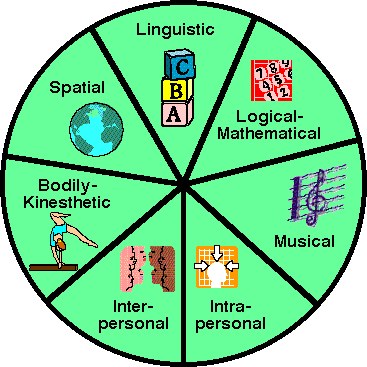





We have reached the last week for this amazing course and this is the last blog assignment.
It is still hard to believe we have reached this level as time has slipped away so fast.
I am really thankful for this great opportunity for professional development. I have learned a lot as each week was particularly rich focussing on different areas technology can come to our rescue as language teachers to enhance our teaching and, most importantly, our students' learning.
I have enjoyed all the topics but, of course, there were some that I got more interested in. I particularly liked to learn about the ABCD model for behavorial objectives during week 2, something I had never heard of and I find essential now to write clear objectives of any task I propose to my students.
I had already learned about social bookmarking and I have been using DIIGO for some time now. However, it was also good to have a second try with Delicious and have access to the bookmarks from my peers doing the course now.
Week 5 was also rich as we learned about WebQuests and Rubrics. These are examples of technology I had not heard of either and it is just so practical and useful that it is hard to believe how I managed to get by for so long without using them. Rubrics are really helpful as you can make it clear for your students what is it that they are supposed to do and how they will be evaluated before they get into a project.
Week 6 was quite challenging for most of us as we were asked to create an interactive powerpoint and although I had tried it before it was very good to practice it again and see the amazing creations of my peers. This is the area I want to practice more as I could see students love it and learn a lot from well-prepared interactive powerpoints.
The project we had to develop for the course was another wonderful opportunity to choose one specific tool we wanted to test with a particular group we had been teaching. I decided to work with blogs as I strongly believe this is a fantastic tool to promote learner interaction and give students the chance to practice the language when they are not in the classroom. It is real,effective communication and they can see they are writing to a broad audience having the chance to reach people from all over the world.
I had some difficulties with the group I selected as students have been particularly busy with their regular school and, consequently, they could not devote much time for this initial blogging experience. Some did create their blogs and have been posting regularly now.
I intend to work with it again as soon as we start the second semester in August.
All in all, I just have to thank the Univeristy of Oregon in partnership with the American Embassy for the course. Our tutor, Donna Shaw, has also been impeccable, always there for us with her skillful guidance and expertise.
I remember posting in one of the discussion boards on NICENET the one thing I believe you could try to add to the course is some sort of synchronous communication using some specific tool for that and teach the participants how to use these tools : adobeconnect, wiziq or the likes. I am sure everybody will enjoy to be together live at least once during the course.
I hope to keep in touch with everybody making good use of all the online possibilities we now have and I wish the best of luck for the next participants in the course.




